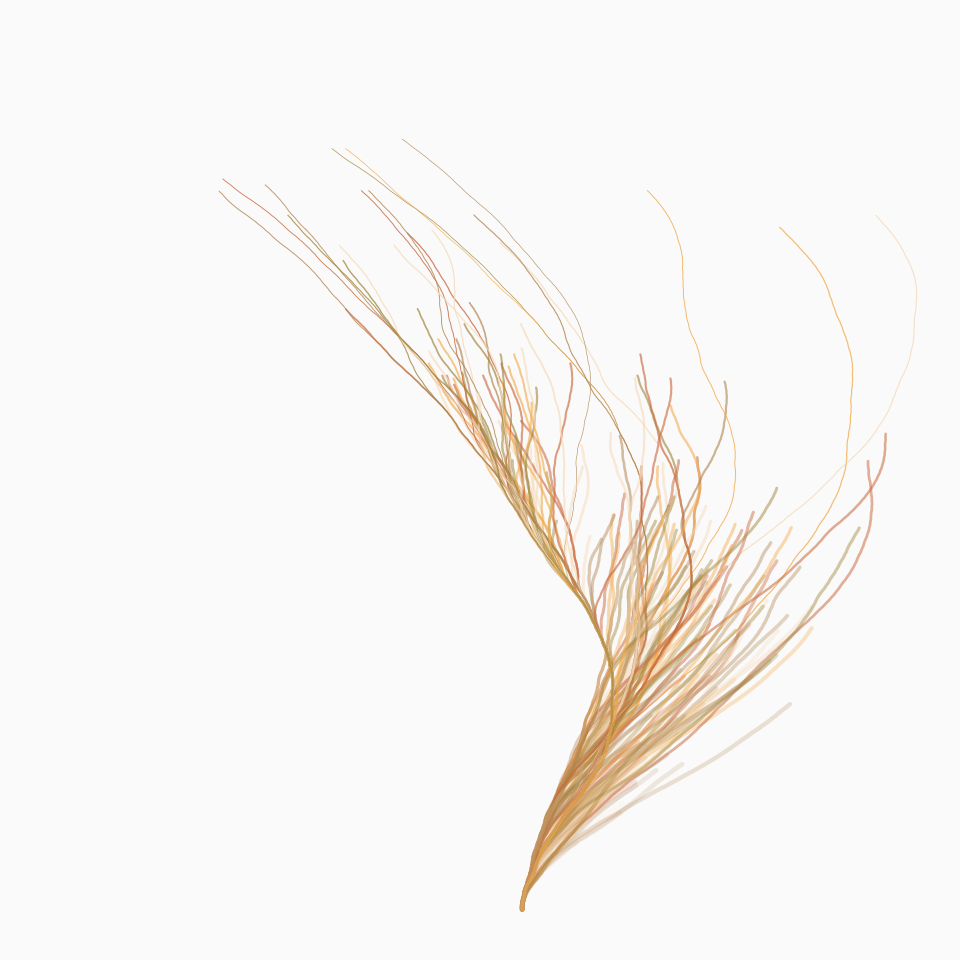This function draws the Collatz conjecture on a canvas. The
conjecture of the Collatz sequence is that no matter what positive integer
is chosen as the starting point of the sequence, the sequence will
eventually reach the number 1. This conjecture has been verified for all
starting integers up to very large numbers, but it has not been proven
mathematically. Despite its simple rule, the sequence can produce long and
complicated chains of numbers before eventually reaching 1. See the
Details section for more specific information about the algorithm
used in this function.
canvas_collatz(
colors,
background = "#fafafa",
n = 200,
angle.even = 0.0075,
angle.odd = 0.0145,
side = FALSE
)Arguments
- colors
a string or character vector specifying the color(s) used for the artwork.
- background
a character specifying the color used for the background.
- n
a positive integer specifying the number of random starting integers to use for the lines. Can also be a vector of numbers to use as starting numbers.
- angle.even
a value specifying the angle (in radials) to use in bending the sequence at each even number.
- angle.odd
a value specifying the angle (in radials) to use in bending the sequence at each odd number.
- side
logical. Whether to put the artwork on its side.
Value
A ggplot object containing the artwork.
Details
The Collatz sequence, also known as the 3n+1 problem, is a
sequence of numbers generated by the following rule:
Start with any positive integer
n.If
nis even, divide it by 2.If
nis odd, multiply it by 3 and add 1.Repeat this process with the new value of
n, generating a new number in the sequence.
See also
colorPalette
Examples
# \donttest{
set.seed(1)
# Simple example
canvas_collatz(colors = colorPalette("tuscany3"))
 # }
# }